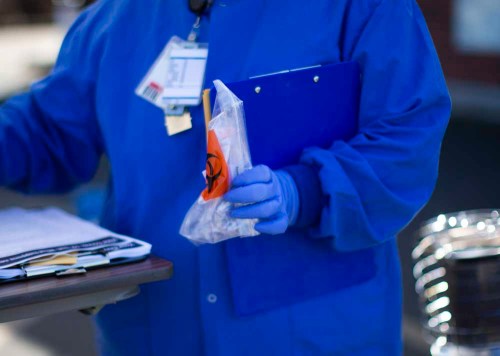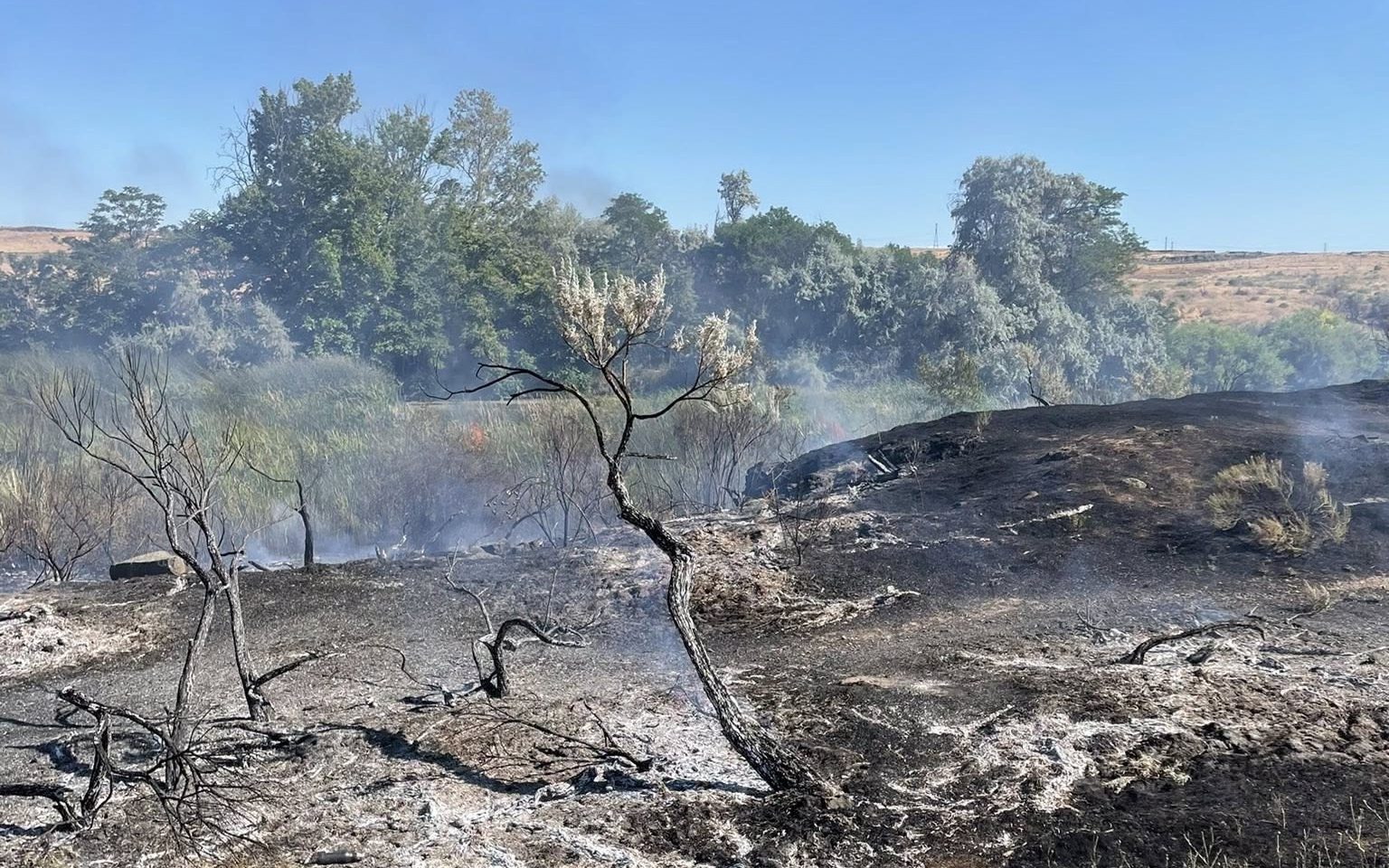Social distancing appears to be working, officials say
Published 8:30 am Thursday, April 2, 2020

- If Oregon pandemic officials had a TV show these last two months, it could be called "In Search of Swabs" — and just about every episode would be deeply unsatisfying.
SALEM — Oregonians are slowing the spread of the novel coronavirus, state officials announced Wednesday.
“The most recent data suggest that current social distancing measures could cut transmission rates between 50%-70% if Oregonians maintain these limitations on virus-spreading interactions into early May,” the Oregon Health Authority said in a news release.
Newly released modeling by the Institute for Disease Modeling in Bellevue, Washington, indicated “strong evidence that measures currently in place in Oregon are reducing transmission.” However, the researchers wrote, “Due to the delay between infection and diagnosis, there is considerable uncertainty in the impact of the most recent intervention, the March 23rd stay home order” issued by Gov. Kate Brown.
The researchers estimated that Oregon had slightly more current infections than previously known. Legislators and media representatives have asked OHA to disclose the number of current cases, not just the cumulative totals since January, as well as how many individuals have recovered.
The modeling goes through May 2. Under Oregon’s current social distancing restrictions, the modeling suggests 200 to 1,200 people would be actively infected on May 2. The cumulative total since Jan. 24 would exceed 4,000 confirmed cases, more than five times the number reported so far.
If the state were to allow nonessential businesses to reopen but kept schools closed, as many as 3,500 Oregonians would be actively infected on May 2.
“We know coronavirus has brought painful disruption and distress for Oregonians. However, these numbers tell us that what we’re doing can work,” Dr. Dean Sidelinger, state health officer, said in the news release.
A survey conducted by DHM Research indicated that a majority of Oregonians expect the situation to worsen during the next month.
In a Tuesday evening conference call with constituents, Bend Sen. Tim Knopp said his best guess was that restaurants and stores might be able to open in mid-May.
With Oregon now in a very deep recession, Knopp said, he remained quite concerned about the effects on landlords and small businesses, including self-employed individuals and entrepreneurs.
Brown on Wednesday announced a 90-day moratorium on commercial evictions for nonpayment. She previously banned residential evictions.
OHA said the state’s emphasis continues to be on “strengthening the health care system’s ability to meet the coming surge. State health officials are working with hospitals and other health care partners to mobilize the health care workforce and keep workers safe, expand bed capacity and secure more ventilators.”
The modeling suggests Oregon hospitals will need fewer beds than have been freed up for COVID-19 cases. Statewide, there remained 291 available adult ICU hospital beds, 2,006 other adult hospital beds, 66 pediatric ICU beds, 193 other pediatric beds and 762 available ventilators.
As of Wednesday, 134 patients were hospitalized in Oregon with COVID-19, compared with 213 on Tuesday. Thirty-eight patients were on ventilators, down from 40 on Tuesday.
Hospitals and clinics have been ordered to cancel elective surgeries and other procedures that require personal protective equipment. The resulting lack of revenue has caused layoffs of health care workers to accelerate.
The latest data from the Oregon Employment Department show that 2,134 health care or social assistance workers filed initial unemployment claims for the week of March 15. The previous week, 318 claims were filed.
Meanwhile, all seven members of Oregon’s congressional delegation sent a letter to President Donald Trump on Wednesday asking for mobilization of up 1,250 members of the Oregon National Guard, a request that would provide federal funding if granted. The lawmakers wrote that Guard members already have been setting up mobile hospitals and tents.






